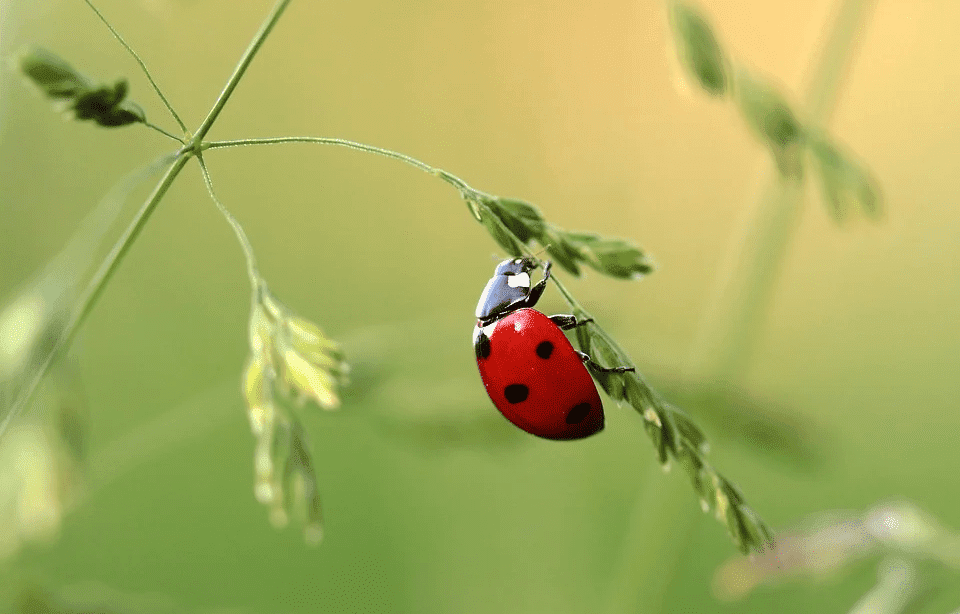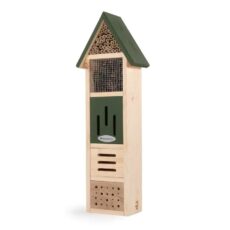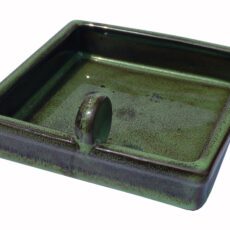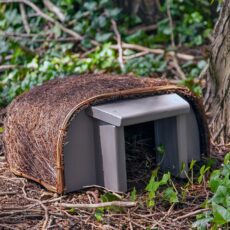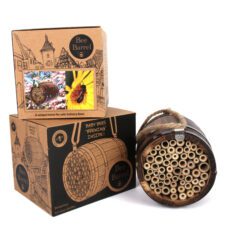Watching the wildlife that visits our gardens can provide as great a joy as caring for our plants. In our monthly wildlife guide, in collaboration with the experts at Wildlife World, we highlight what wildlife to look out for in your garden in August and how best to offer support for a thriving ecosystem.
Bees
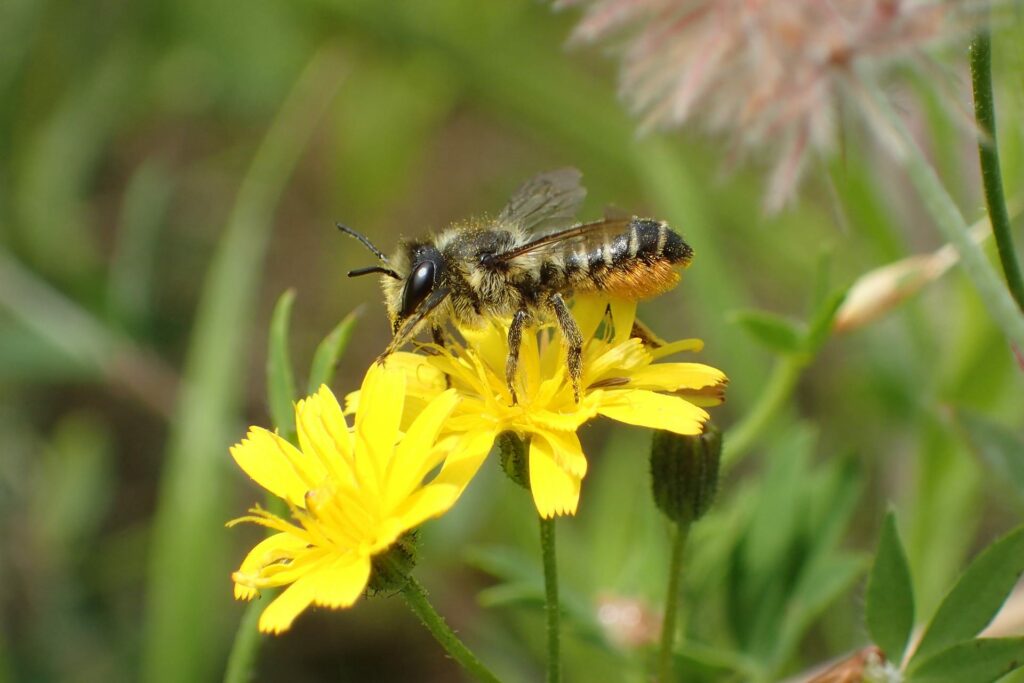
In August, solitary leafcutter bees may still be nesting. On sunny days bee species may choose to shelter from the sun in long grass and shady spots.
How You Can Help
- Have up a bee box or nesting tubes to create homes for nesting solitary bees
- Allow some areas of your lawn to grow long to offer shelter from the sun
- Have a range of plants enjoyed by bees in late summer, such as Asters, Heathers (such as a Calluna vulgaris), Sedum, Salvias and Verbena bonariensis
Read more: The Best Plants for Bees
Bats
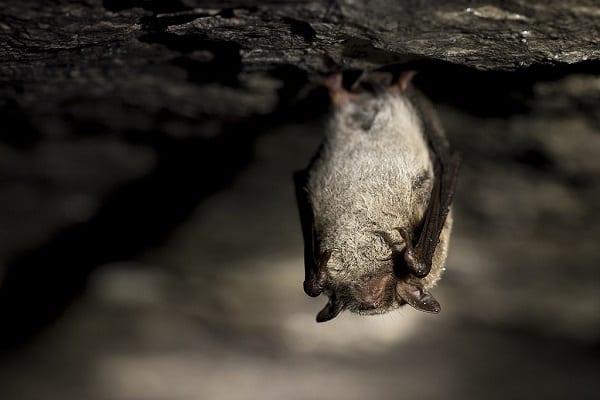
Bats are most active in the summer when they come out of hibernation. If you are lucky, on August evenings as the sun sets bats can be seen performing flying acrobats in their hunt for insects.
How You Can Help
A garden teeming with plant life will naturally attract insects which in turn may attract larger mammals such as bats. A garden with wilder patches, like log piles, will also be more attractive to insects.
Read more: Encouraging Bats into Your Garden
Birds
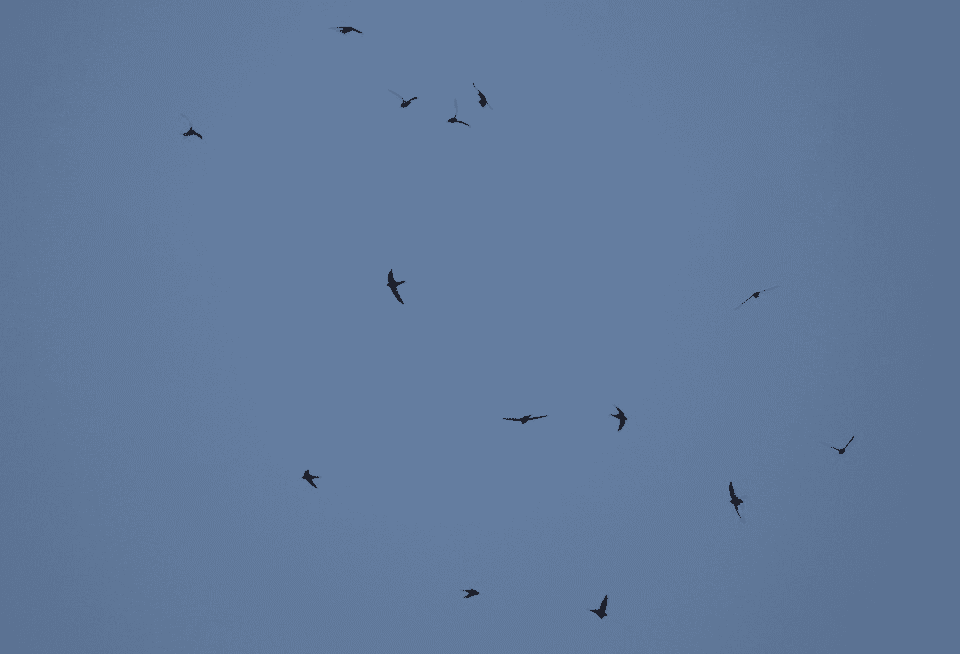
In August, hot days and hard ground makes it important to offer an easy source of food and plenty of water for birds. Swifts will disappear in late July / early August as they embark on their mammoth migration to Africa this month, so watch the skies and see if you can spot their departure date! Many species of bird begin to moult in August and will appreciate extra food during this stressful time.
How You Can Help
- Continue to feed regularly. A high protein feed like Hillier Sunflowers Hearts is a good choice.
- Keep bird baths clean and top up regularly
- Avoid the urge to tidy and keep seed heads on your plants and vegetables as a source of food
Read more: Caring for Garden Birds All Year Round
Butterflies
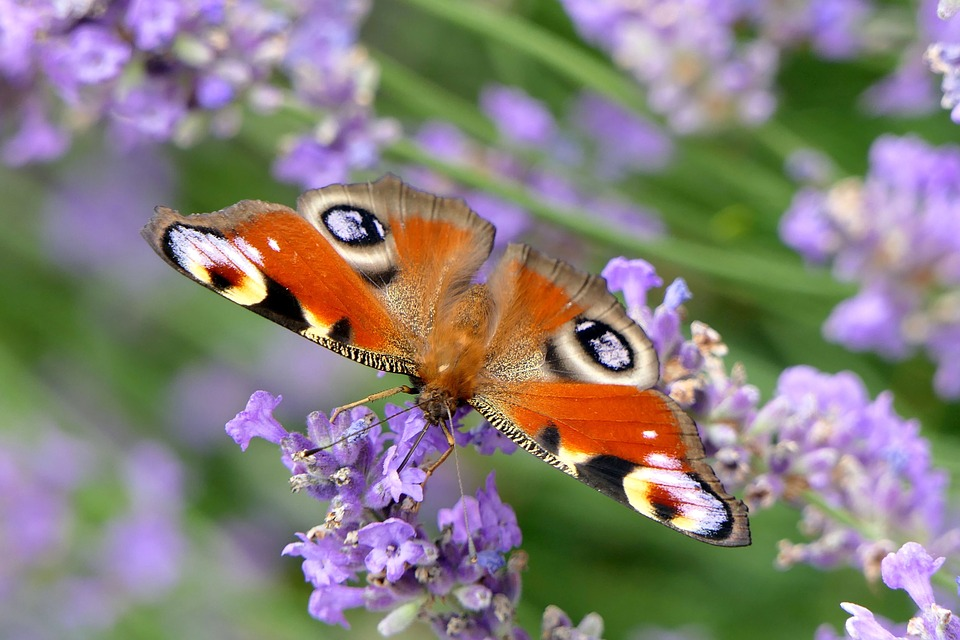
August continues to be a key month for butterfly sightings and continues into this month. Look out for Brimstone, Comma, Peacock, Red Admiral, Small Tortoiseshell, Painted Lady, Large White, Common Blue and Speckled Wood.
How You Can Help
- Have plenty of flowers in the garden that offer a late summer nectar source for butterflies – like buddleja, dahlias, erysimum, geraniums, and Verbena bonariensis
- Position your plants where possible in a sunny sheltered location. A window box on a balcony is fine if that’s all the space you have available
- Take part in the Big Butterfly Count if you didn’t already join in July
Read more: What to Plant to Attract Butterflies
Frogs & Toads
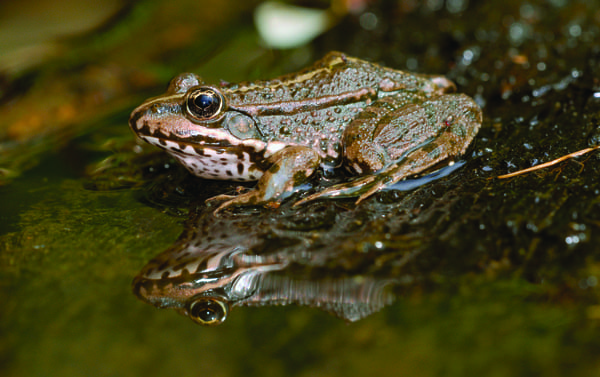
In August, both adult frogs and toads and froglets and toadlets may be spotted leaving ponds looking for new habitats and food sources.
How You Can Help
- If you have a pond, make sure it stays well topped up during hot weather spells
- Look out for young frogs and toads. While you can’t protect them from natural predators, you can at least protect them from humans!
Hedgehogs
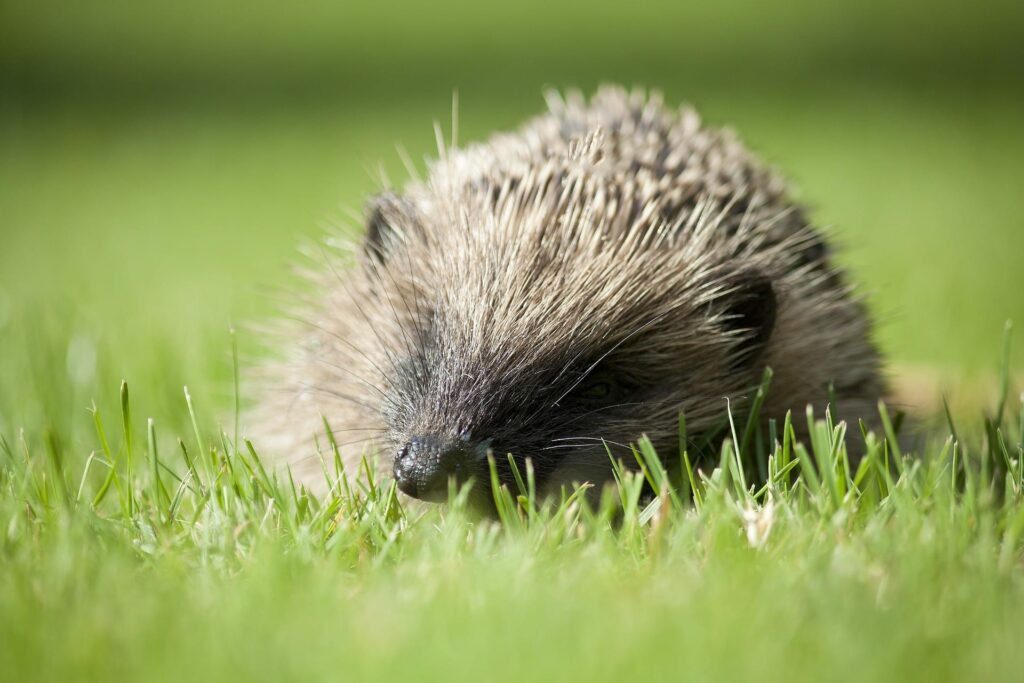
In August, hoglets born in June and July start to become independent and can be found getting to know the world on their own. Hedgehogs are independent, so the siblings will leave one another and the mother (father hedgehogs play no role in raising hoglets) will regain her strength – possibly with a view to having a second litter in the early autumn.
How you can help
- Leave a source of food and clean water for hedgehogs foraging in the evening
- Create wild areas in the garden with longer grass, log piles etc.
Read more: How to Create a Hedgehog Friendly Garden
Ladybirds
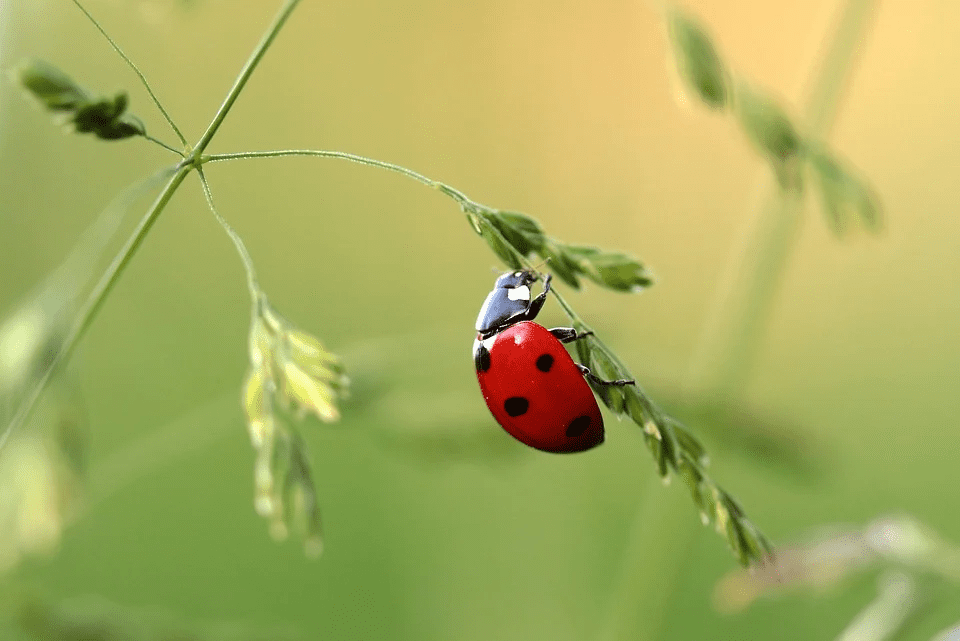
In August, with garden pests including aphids often running riot, ladybirds can quickly become a gardener’s best friend. Adults are active at this time of year and the next generation are often starting to emerge from the pupae.
How You Can Help
- Install ladybird homes around your garden to encourage them to stay
- A garden full of aphids will also be attractive to them so in the vegetable patch, do some companion planting with marigolds and nasturtiums. This is often encouraged to keep pests away from precious vegetables. The ladybirds can then find them there!
Read more: Guide to Companion Planting
Badgers
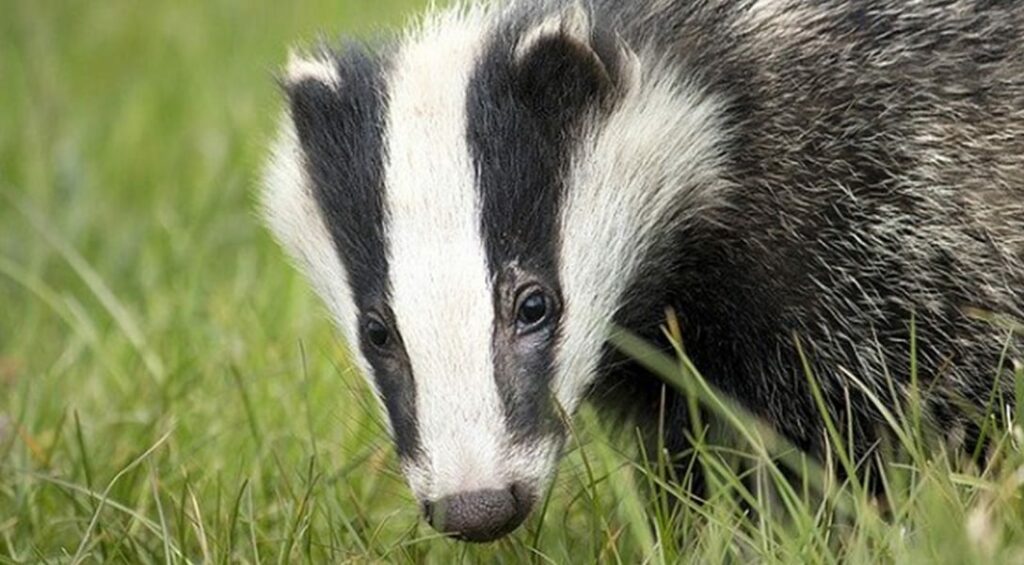
In the summer months, badgers are most likely to appear from their setts just before dusk – the rest of the year, they are more nocturnal, waiting until after night has fallen. You may be able to spot them on an evening wildlife walk.
Badgers can get a mixed response from gardeners, as they have the potential to cause quite significant damage to lawns and vegetation. But remember, they are part of our wonderful ecosystem!
How You Can Help
- Badgers and their setts are legally protected under the Protection of Badgers Act 1992. It is a prosecutable offence to wilfully kill or injure a badger, or cruelly mistreat them, including harming their sett. So if you are looking to deter badgers, do so gently and carefully
Read more: How to Deter Badgers
Hares
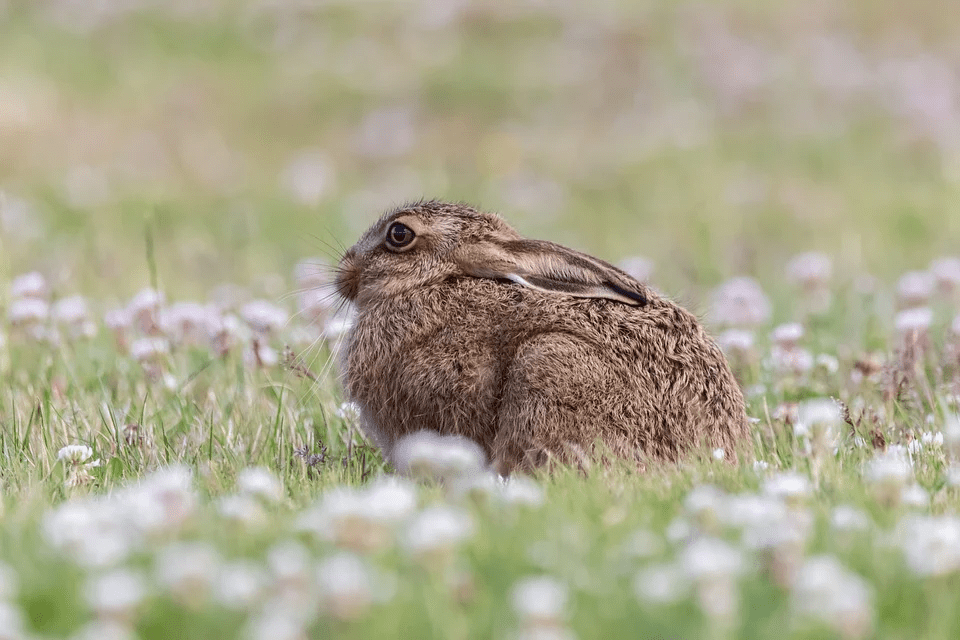
August tends to be the month that hares have the last of their four annual litters of leverets. Look out for them coming to feed with their mother around sunset.
Was This Article Helpful?
Join the Hillier Gardening Club to get the latest gardening news and advice
Find Out More

